I’ve tried Porsche’s screen-packed Cayenne EV – and it’s going to be an all-electric force to be reckoned with
Despite recent EV indecision, Porsche's new electric SUV looks unstoppable
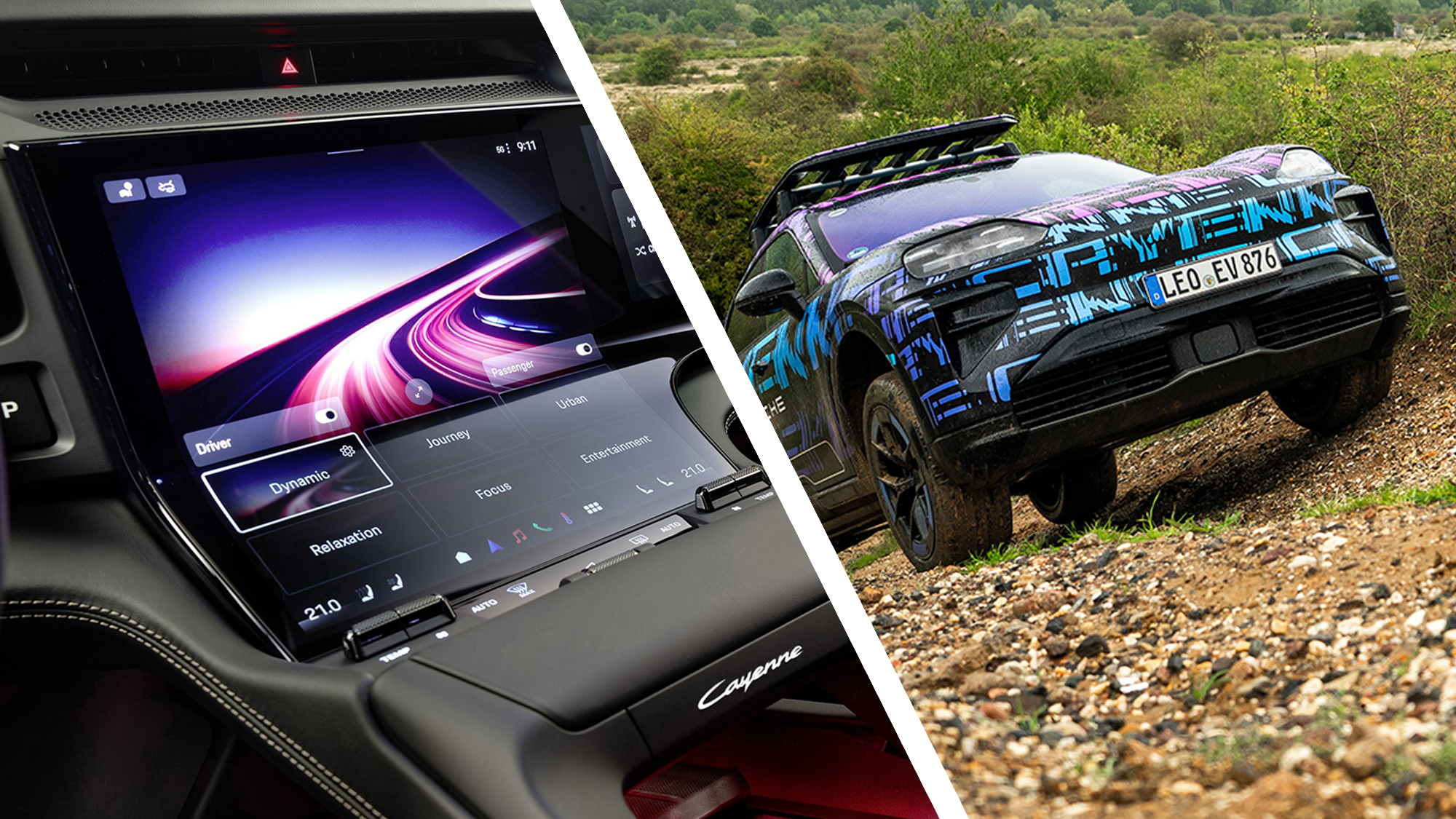
Porsche is expected to start selling its long-awaited electric Cayenne SUV early next year, adding to its existing line-up of pure electric Taycan and Macan models with an EV version of one of the German marque’s most successful cars.
Ahead of a full production model arriving next year, Porsche invited us to its facility in Leipzig, Germany, to get underneath the skin of the latest electric model and convince us that the company is still continuing to push electrification, despite its recent decision to offer internal combustion engine cars well into the 2030s.
The Cayenne’s headline figures are mightily impressive: the development of its 800V electrical architecture now enables 400kW charging speeds, revised battery technology has improved the range, pushing almost 400 miles on a single charge, and the most potent models will develop in excess of 1,000bhp and 1,500Nm of torque.
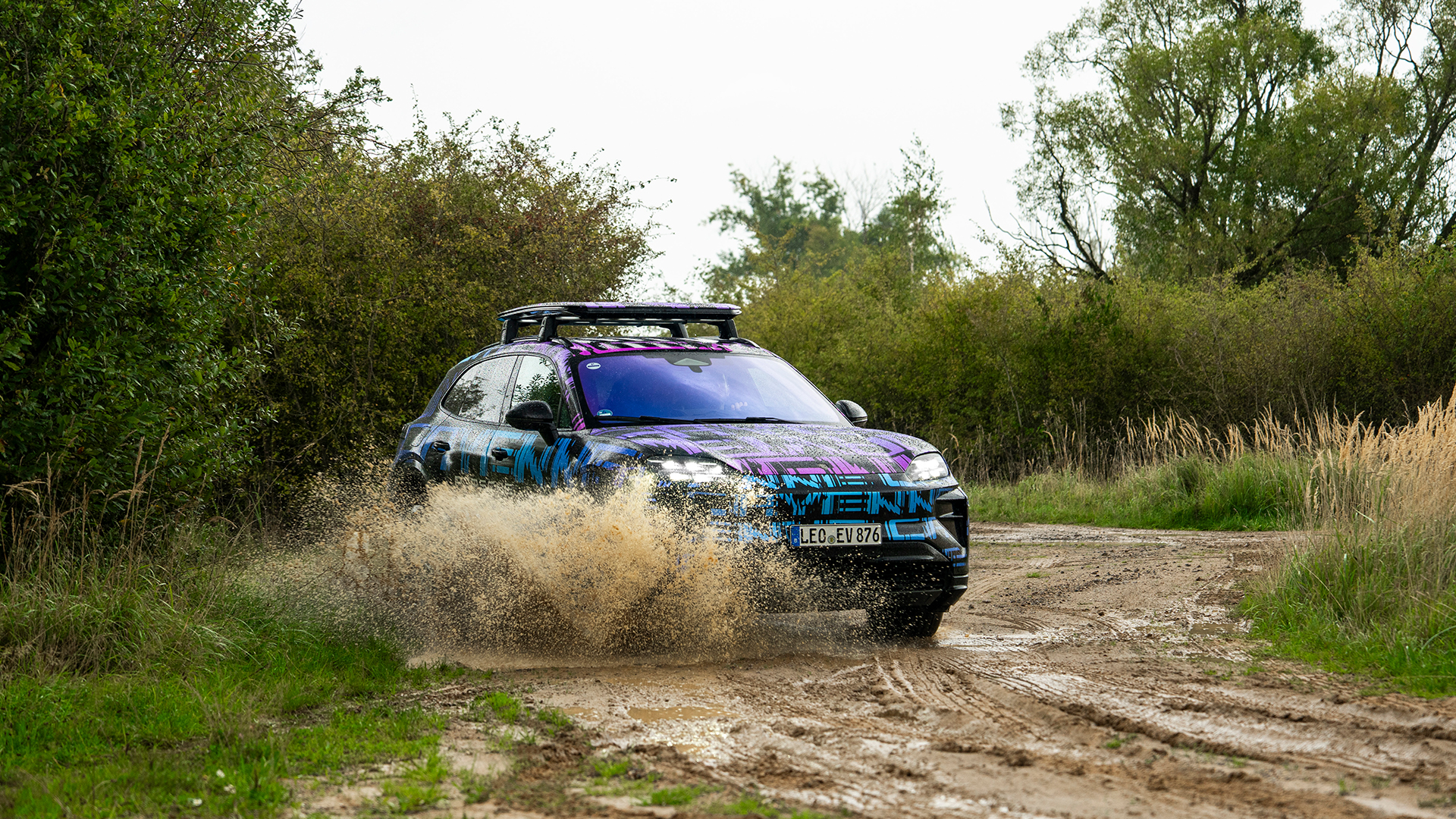
Unsurprisingly, those working close to the project say it will be the most powerful production Porsche to date, with a 0-62mph sprint time of less than three seconds. I played guinea pig to the latest generation of launch control and it was so ferocious, I’d happily never do it again.
In addition to pure performance theater, the German marque is introducing an all-new interior, complete with the largest array of digital displays seen in any Porsche, as well as the world’s first example of 11kW wireless induction charging for EV top-ups without the need for cables.
It looks set to be a technological tour de force, but will it be enough to convince the combustion engine diehards to make the switch in large enough numbers to ensure it’s financially viable? Porsche certainly hopes so.
On the big screen
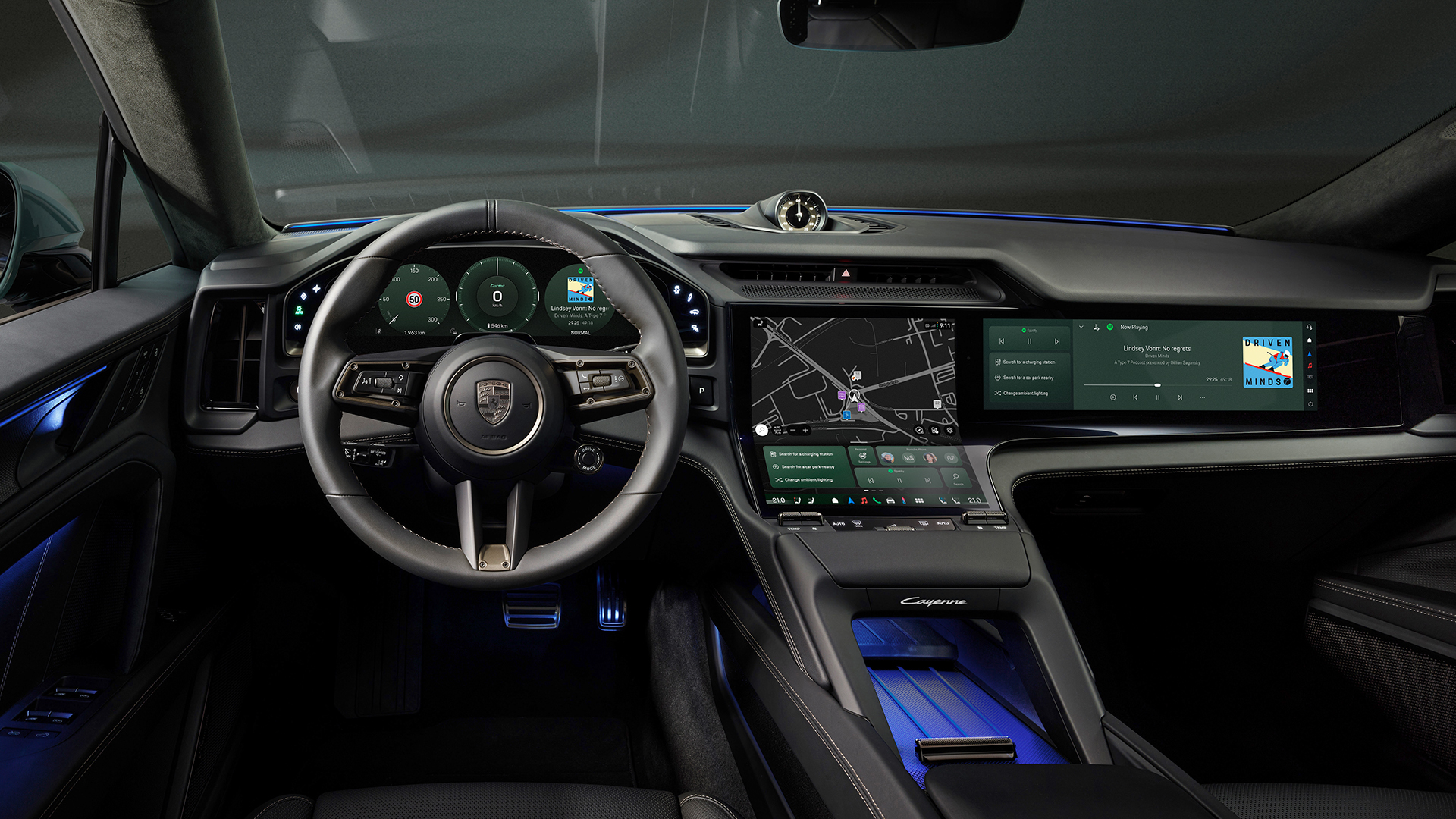
It isn’t exactly a novel approach these days, but the upcoming Cayenne EV will introduce the largest array of touchscreens and digital displays ever seen from the brand. In fact, there’s 50% more screen than the outgoing Cayenne.
Sign up for breaking news, reviews, opinion, top tech deals, and more.
The novel 'Flow Display' consists of a 14.25-inch driver-focussed OLED that blends into a curved central screen, internally dubbed the “stage”. This single piece of glass is digitally split in two, allowing for two distinct spaces.
The idea is that important functionality is mapped to the lower portion of the screen, allowing for Porsche’s mapping or even Apple CarPlay to continually reside in the upper portion.
Cleverly, this allows users to simultaneously use Apple CarPlay and keep on top of key car functionality through a set of pinned and customizable widgets, such as air conditioning or lighting, without having to leave the CarPlay or Android Auto environment.
It’s a neat solution that doesn’t mean handing over full control to Apple CarPlay Ultra – although Porsche board member and IT boss Sajjad Khan didn’t completely rule it out when I quizzed him on the topic at the IAA Mobility Show earlier this year.
2026 Porsche Cayenne Electric Infotainment Demo pic.twitter.com/GRjL87O26WSeptember 30, 2025
Finally, Porsche has also increased its passenger display so it now measures 14.9 inches and encompasses more of the overall dash real estate, taking the total to a whopping 87-inches.
It doesn't feel hugely Porsche and steers away from the company's skills in beautifully crisp analogue design, but early demonstrations revealed that information and graphics from the main 'stage' screen beautifully bleed into the passenger display, making the entire array feel like a singular entity.
Somehow, it feels less in-yer-face than the latest Mercedes-Benz Superscreen.
The company didn’t go into detail about the compute power behind it all, but Khan explained to me that the company is continually pushing to have more edge computing power (beefing up the chips on the vehicle), avoiding the need to send requests out to the cloud and generally speeding up infotainment decision making.
“Today, we live in a world where everything is Cloud-fed. But using SLMs, we can now predict the availability of charging stations that drivers will pass in, say, 20 minutes time within more than 95% accuracy, reducing the need to constantly fetch often unreliable live data” he explained.
Porsche’s powerhouse
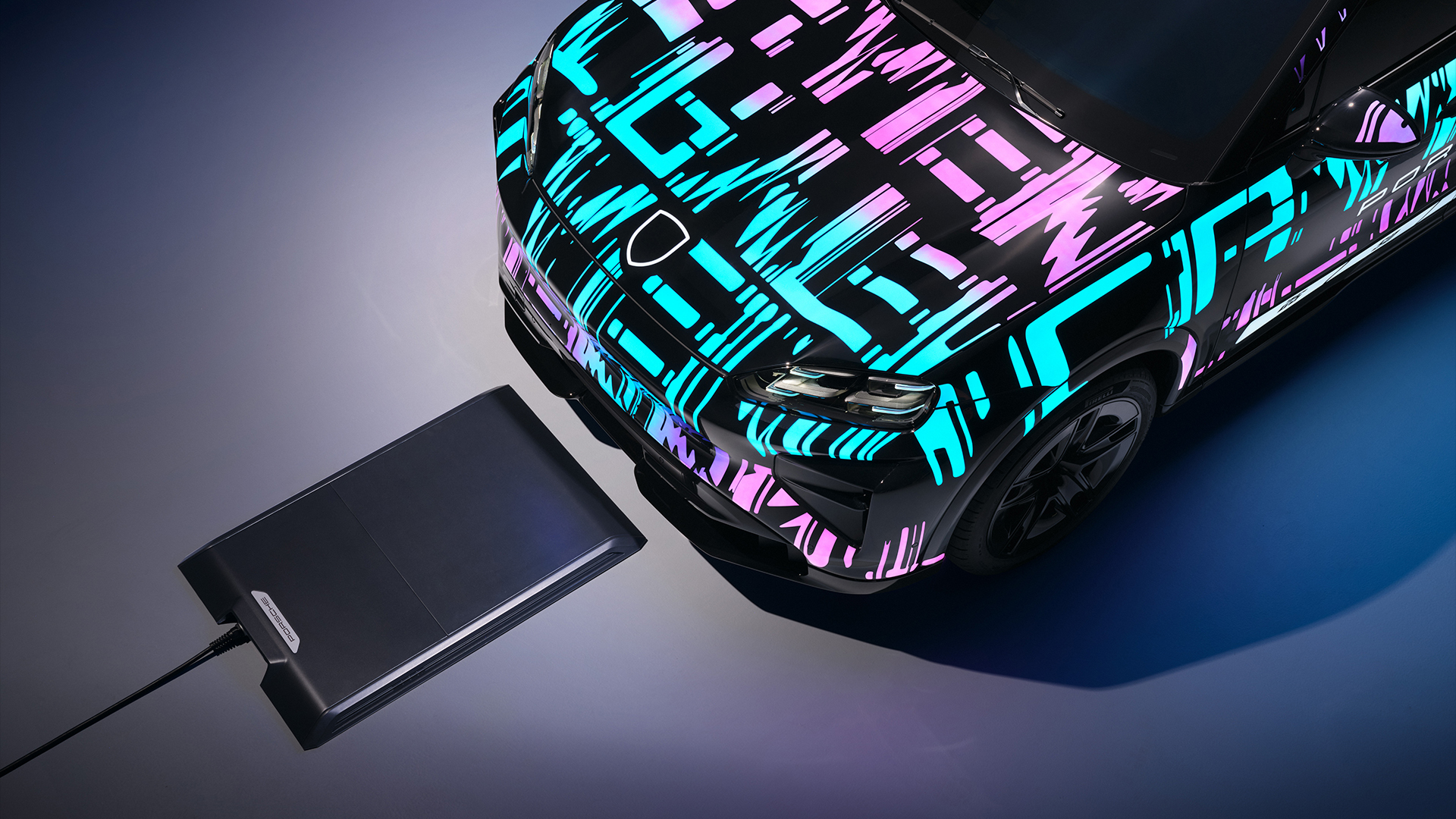
The Cayenne has long been the model to do it all: ferry the family around in comfort, offer driving thrills, tow a boat and look good while doing it. The EV version has to do all of this and more if it is to convince buyers.
The power and performance figures mentioned earlier prove that Porsche isn’t messing around, but translating spiky electric propulsion into a genuinely enjoyable driving experience is another thing.
The company says this will be the first of its electric SUVs to use the marque’s active suspension management system, which uses electronically-controlled dampers that continually make adjustments.
As with the Taycan and the most recent Panamera, which debuted the new system, Porsche engineers demonstrated total control over each corner of the Cayenne. So much so that a driver could navigate Porsche’s test track in virtual reality while behind the wheel and feel every bump, camber and corner.
This feature certainly won't make production, but the system controls almost 2.5-tonnes of SUV with incredible accuracy, meaning it can lap real race circuits, drift around corners and generally act the hooligan when required. It can also tackle an off-road course and make motorway journeys more comfortable.
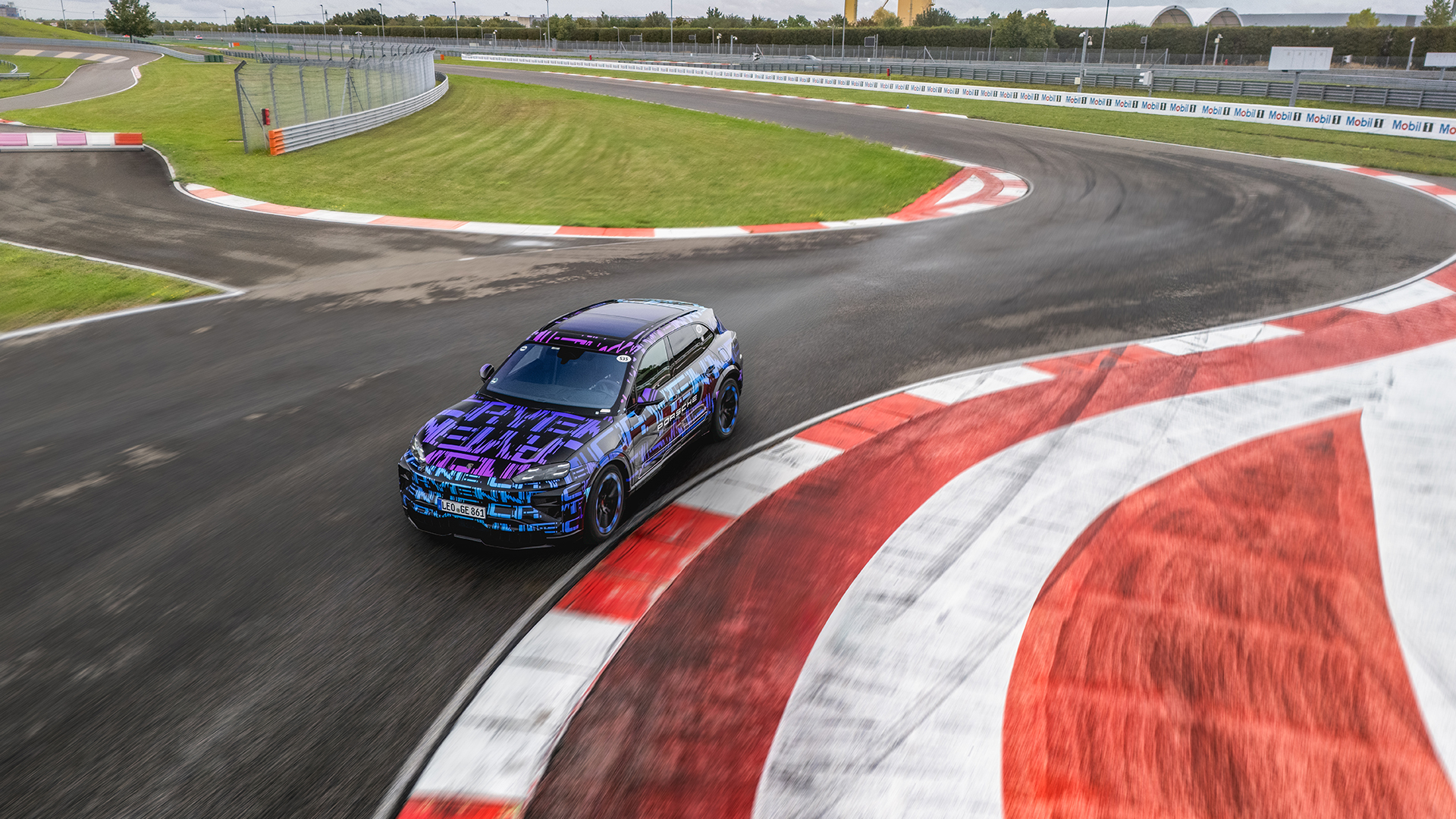
Porsche claims the model can also tow 3.5-tonnes, despite the massive bandwidth of capabilities, while delivering bigger distances between charge stops. The regenerative braking system has been boosted so it can feed up to 600kW back into the system.
Up to 400kW charging speeds from the fastest public outlets means a 10-80% charge takes less than 16 minutes thanks to improved cooling of the battery packs.
With the cooling equivalent of 100 domestic refrigerators, the system can get a little noisy when chugging electrons at full tilt, so Porsche has introduced a stealth charging mode that cuts noisy fan use to a minimum if fast charging in a public area at night, for example.
Tech that charges ahead
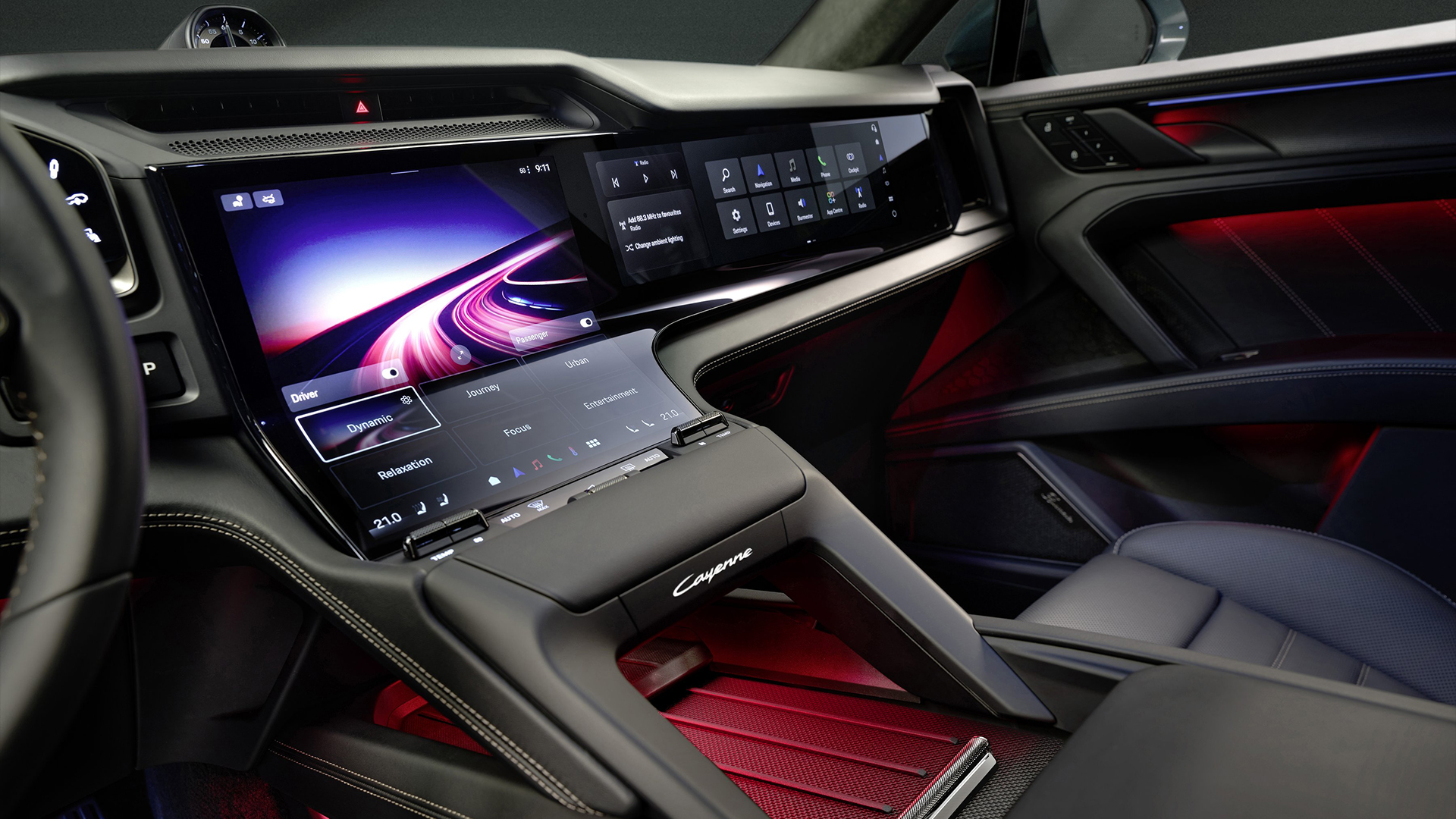
Although much of Porsche’s battery and infotainment technology was debuted on the most recent Macan EV, the upcoming Cayenne feels like it is building on this platform and turning things up to eleven.
The AI voice assistant is slicker, faster to respond and more knowledgable, while it is now possible to connect Bluetooth peripherals and game from either the central or passenger display when parked.
Porsche is clearly making a statement about its technological capabilities and this is further rammed home with its 11kW wireless inductive charging pad that it will sell as an optional extra.
This is tipped to cost around £7,000 (around $9,500 / AU$14,200), which will cover the charging pad itself and the receiver that is fitted to the car.
I was allowed to test out the system, which sees a bespoke screen in the park assist functionality guide the driver into position. The wireless charging pad is registered to the vehicle, which will automatically recognize it when approaching.
Porsche wireless inductive charging demo on the upcoming Cayenne EV pic.twitter.com/H3VuulVVF9September 30, 2025
From here, guiding lines appear as a digital overlay on the video feed from the front-facing cameras, making it easy to line up. Then a small green ball appears and it is a case of getting that ball into a digital “zone" over the pad to commence charging.
It sounds a lot more complicated than it actually is and, after trying it out a few times, it’s merely a case of creeping forward until everything is lined up on the display.
Charging commences automatically at speeds of up to 11kW, which is a par with most domestic wall boxes. The charging pad is also fitted with sensors so it will automatically detect if anything or anyone has climbed on top of it during a charging session and will shut off for safety reasons.
Although uptake of this wireless charging pad will likely be limited to early adopters, it’s a neat addition to this already slick package. The upcoming electrified Cayenne will represent the very pinnacle of Porsche’s EV knowhow for now.
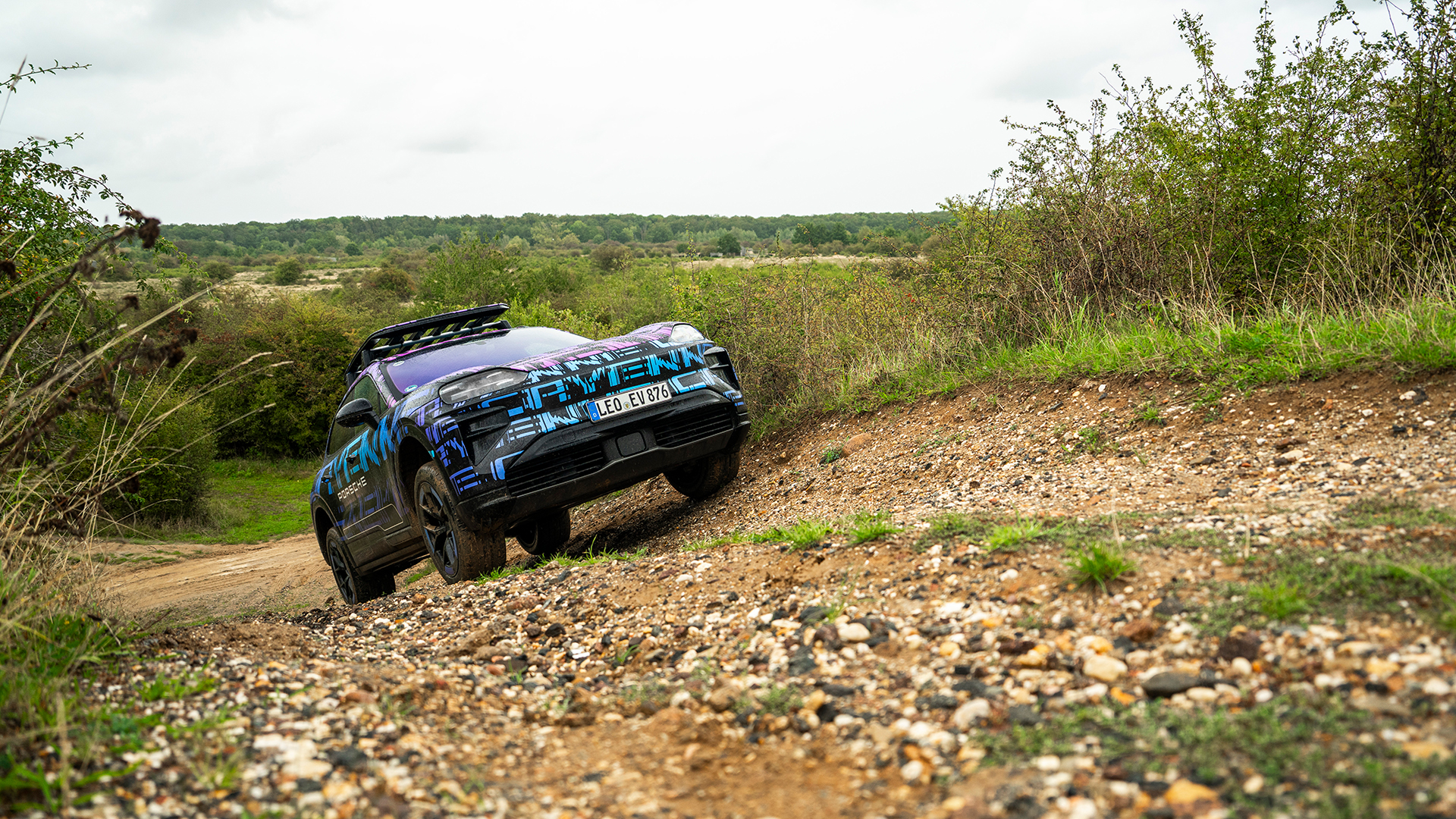
It comes at an important time, as the company recently announced that is rethinking its EV strategy, ditching plans to offer an ultra-luxury SUV that would sit above the Cayenne exclusively as an EV. It’s now reported to feature an internal combustion engine instead.
The company says it is in response to the “significantly slower growth of demand for exclusive battery-electric vehicles”. All hope is pinned on Cayenne EV to turn those fortunes around.
You might also like
- I’ve driven the Porsche Macan EV – and it shows why the classic brand should stick to its electric guns
- Porsche beats Tesla to wireless inductive charging, as Cayenne Electric is first with the tech
- The Zeekr X EV offers a premium driving experience without the high cost – but too many little problems undermine its appeal

Leon has been navigating a world where automotive and tech collide for almost 20 years, reporting on everything from in-car entertainment to robotised manufacturing plants. Currently, EVs are the focus of his attentions, but give it a few years and it will be electric vertical take-off and landing craft. Outside of work hours, he can be found tinkering with distinctly analogue motorcycles, because electric motors are no replacement for an old Honda inline four.
You must confirm your public display name before commenting
Please logout and then login again, you will then be prompted to enter your display name.